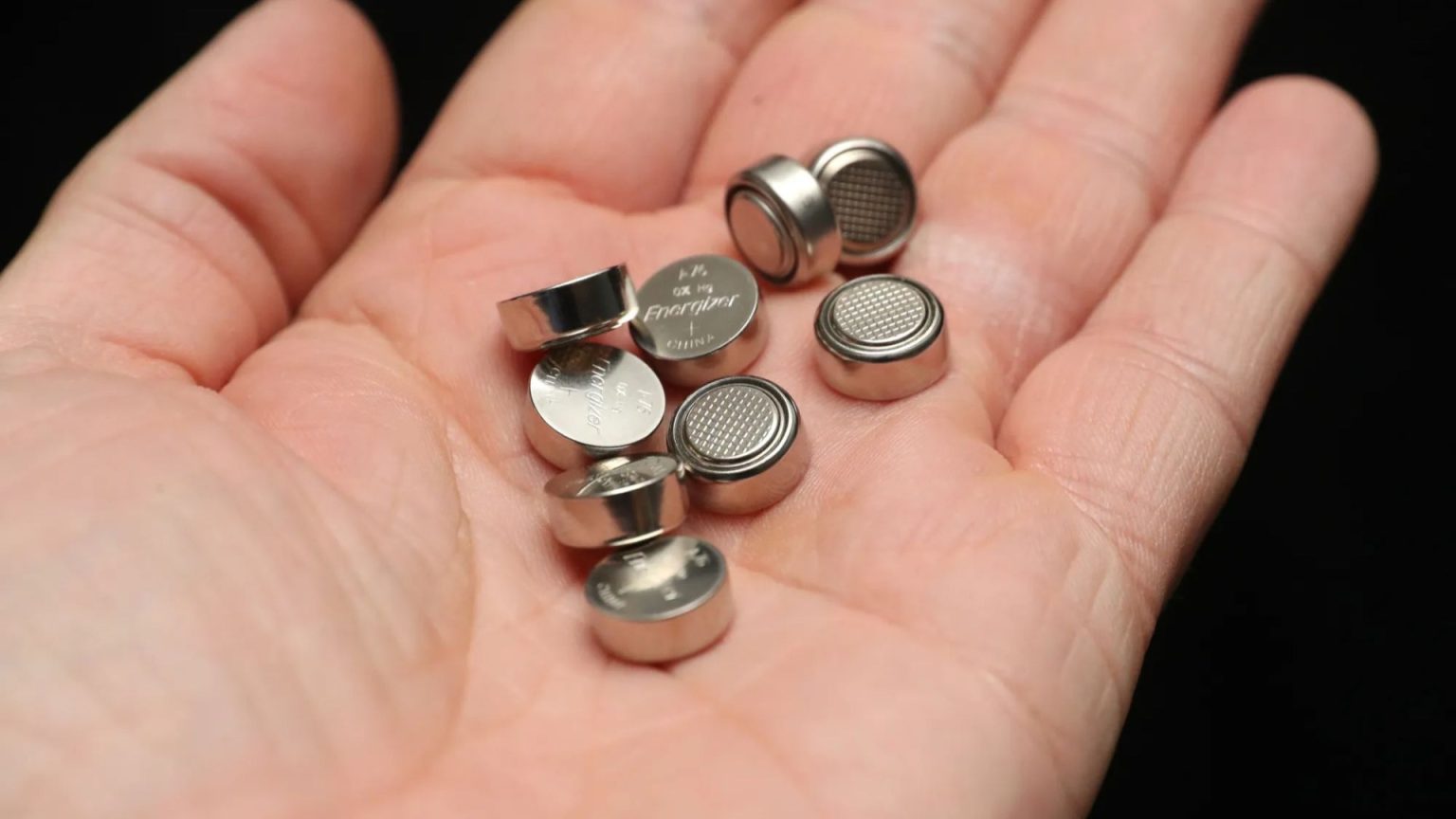The festive season brings with it an array of enticing items, from twinkling Christmas lights and interactive electronic toys to cheerful musical cards. However, concealed within these seemingly innocuous objects lies a potential danger: button batteries. These small, circular batteries, often easily accessible to curious young children, pose a significant health risk if swallowed. Accidental ingestion can trigger a dangerous chemical reaction within the body, causing severe burns to internal tissues. This hidden hazard necessitates increased awareness and preventative measures, especially during the holidays when such items are abundant.
Button batteries power numerous common household devices, including toys, watches, festive decorations, and musical greeting cards. Their small size and shiny appearance can make them appealing to young children, who may unknowingly ingest them. The consequences can be dire. Once swallowed, these batteries react with bodily fluids, producing a corrosive substance similar to caustic soda. This alkaline substance can rapidly erode the delicate tissues of the esophagus, the tube connecting the mouth and stomach, causing significant damage in a matter of hours. Prompt medical intervention is crucial in such cases to minimize the extent of the injury.
A recent study explored the efficacy of readily available household items in mitigating the damage caused by ingested button batteries. Researchers examined a variety of substances, including different types of honey, stomach ulcer medication, fruit juices, sports drinks, and maple syrup. Using pig tissue as a surrogate for human esophageal tissue, they simulated battery ingestion and tested the ability of these substances to neutralize the alkaline environment created by the battery. The results revealed that honey and sucralfate, a medication used to treat stomach ulcers, were the most effective in neutralizing the pH and reducing tissue damage.
The study’s findings provide valuable insights into pre-hospital interventions for button battery ingestion. While immediate medical attention remains paramount, these readily available substances can offer a crucial window of opportunity to slow the progression of tissue damage before professional medical help can be administered. The visual comparison of tissue samples treated with saline, honey, and sucralfate dramatically illustrates the protective effect of honey and sucralfate. While saline-treated tissue showed significant blackening and damage, the tissue treated with honey and sucralfate exhibited minimal injury, highlighting the potential of these substances to significantly mitigate the harmful effects of battery ingestion.
Recognizing the symptoms of button battery ingestion can be challenging, as they may not be immediately apparent. Children who have swallowed a battery may exhibit non-specific symptoms such as difficulty breathing or general malaise. More alarming signs, such as coughing up or vomiting blood, may indicate that the battery has begun to cause significant internal damage. In cases where the battery has been inserted into the nose or ear, symptoms may include nosebleeds or bleeding from the ear. Any suspicion of battery ingestion warrants immediate action. Parents and caregivers should immediately take the child to the nearest emergency room without delay.
If a child is suspected of having swallowed a button battery, it’s crucial to act quickly and appropriately. Avoid giving the child anything to eat or drink, and do not induce vomiting, as this can exacerbate the damage. While identifying the type of battery swallowed can be helpful, it shouldn’t delay the trip to the hospital. At the hospital, medical professionals will typically perform an X-ray to locate and assess the size of the battery. Removal is usually carried out under general anesthesia using an endoscope, a thin, flexible tube with a camera and light attached, allowing doctors to visualize and extract the battery. Further treatment will depend on the extent of the damage caused. In severe cases, transfer to a specialized hospital may be necessary. While honey has shown promise in mitigating damage, it is crucial to remember that it should not be given to children under one year old due to the risk of infant botulism. Prevention remains the best approach, emphasizing safe storage of batteries and careful supervision of young children around battery-operated devices.




